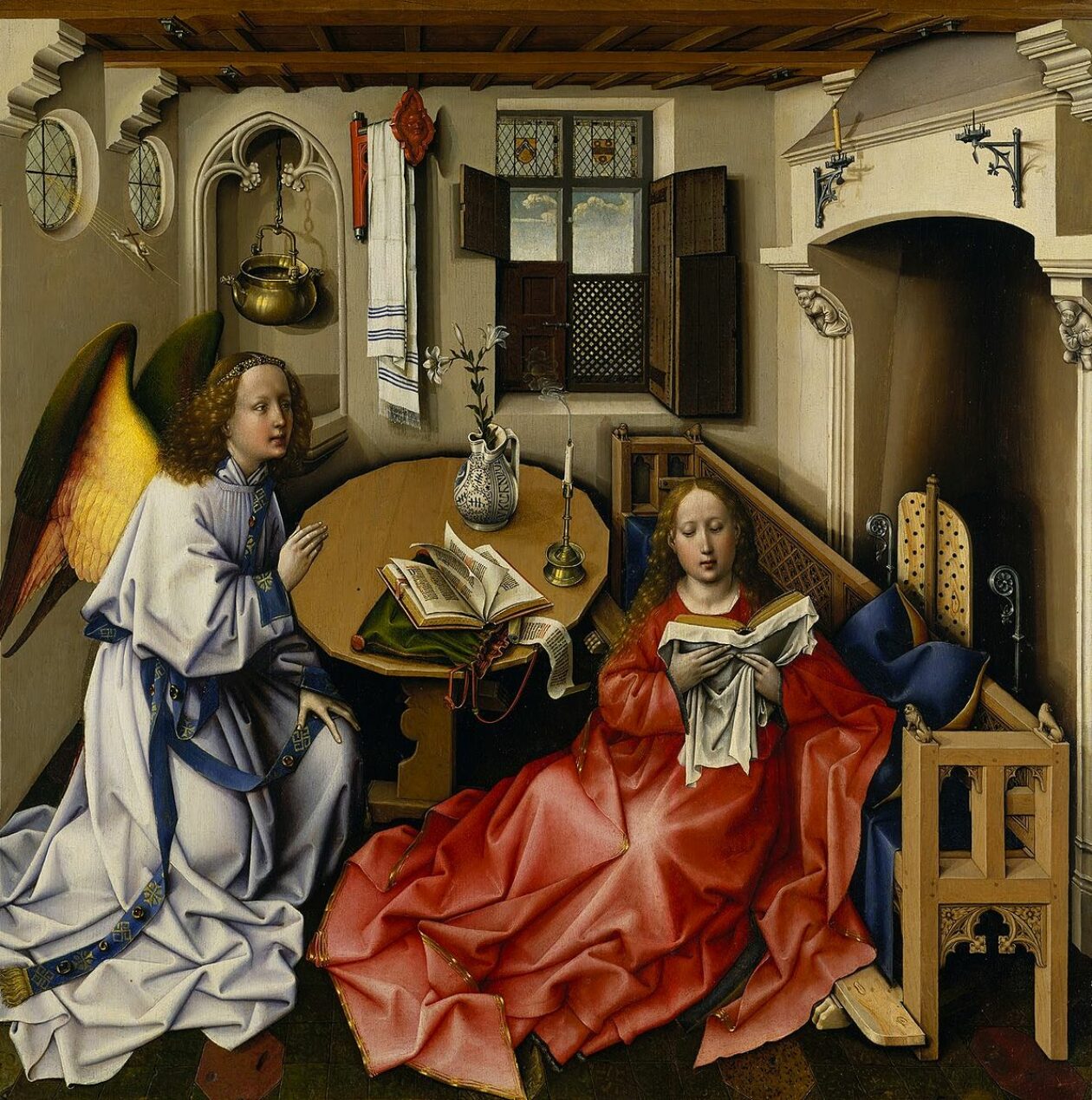
-by Trent Horn
“Pansexuality is the logical conclusion of a sexual philosophy that says we merely have bodies, not that we are bodies.
Most people have heard of terms like gay, lesbian, and bisexual. Pansexual is less familiar. However, it’s growing in popularity as a sexual identity label. I was asked to include the topic in a presentation I gave to a “sex and gender studies class” at a Catholic university, and one school district that prohibited parents from removing their students from sexual education classes included material on LGBT issues as well as topics like genderqueer and pansexuality.
So what is pansexuality? Teen Vogue magazine describes it this way: “Pansexuality means being attracted to all people regardless of gender identity or sex. The prefix pan is the Greek word for all. Pansexuality is a noun, and pansexual can be used as a noun or an adjective to describe a person who is pansexual.” In an interview with Vanity Fair magazine, pop star Miley Cyrus described her pansexuality this way: “What I preach is: People fall in love with people, not gender, not looks, not whatever.”
Even though the Greek root pan means “all,” pansexuals are not sexually attracted to every single person they meet. Rather, a pansexual person is someone who claims to be capable of being sexually attracted to anyone, regardless of that person’s biological or gender identity.
This kind of attraction is similar to the B in the LGBT acronym, which stands for “bisexuality” and traditionally refers to being attracted to both men and women. So what’s the difference between being bisexual and pansexual?
For some people, not much. One article in Rolling Stone Magazine puts it this way:
The bisexual community doesn’t even agree on what it means to be bisexual. The term pansexual was birthed out of the confusion, and to create a definitive and more inclusive label. This has led to in-fighting between members of the community, who are upset that their bisexual identity is being replaced by another label.
One split among people who take on the “LGBT” identity over this word relates to the concept of the gender or sexual binary. Some see pansexual as preferable to bisexual because it leaves open the possibility that there are other genders besides “man” and “woman” for a person to be attracted to.
As much as we might direct our ridicule toward the label of and ideology behind pansexuality, we should remember to direct our compassion toward those who experience so many conflicting sexual desires. We all struggle with sinful desires that distort our understanding of reality and ourselves. The Church calls this concupiscence, and it refers to our natural inclination to evil thoughts and deeds that flows from the corruption to human nature caused by original sin (Catechism of the Catholic Church 405). But pansexuality looks like one of the last stops on a cultural journey toward complete sexual anarchy (with final stops at bizarre places like robot factories), and it needs to be treated as such.
So what specifically is wrong with pansexuality?
When Miley Cyrus says, “People fall in love with people, not gender, not looks, not whatever,” she confuses persons with personalities. Human beings are not “asexual souls” or ghosts who have no intrinsic connection to our bodies. In our romantic relationships, we don’t fall in love with minds or spirits; we fall in love with people, and a person is a unity of body and soul.
We are incomplete without our bodies, which is why St. Paul noted how unnatural it is to be separated from our bodies at death and how joyful it will be when our souls are reunited with our resurrected bodies at the end of the world (2 Cor. 5:1-5). Since our body is essential to our human identity, it is not possible for a “female soul” to be trapped in a male body, or vice versa (as transgender advocates claim). It also isn’t possible to have a healthy sexual attraction only to a person’s mind, since sexual desires are ordered toward bodily union.
Pansexuality is the logical conclusion of a sexual philosophy that says we merely have bodies, not that we are bodies. If people think the body is just some vehicle my “person” drives around from inside my brain, then it shouldn’t matter where I end up “parking.” And while exclusive same-sex attraction at least tries to ape the marital act (even though it can never achieve a true union), pansexuality thumbs its nose at the entire concept of the marital act. Instead, the only good in a relationship is the compatibility between personalities—and if they enjoy acts of mutual masturbation, then all the better for them.
That’s why, along with severing the natural link between sexual attraction and the human body, pansexuality threatens to undermine other goods like platonic friendship. Human beings find comfort in friendships that do not have a natural inclination to sexual desire. It’s why we usually seek friendships with people of the same sex and recognize that if you repeatedly have to say you and another person are “just friends,” then there’s probably a good chance you share a stronger bond than friendship.
But if people adopt pansexual ideology on a wide scale and come to believe that sexual desire naturally proceeds from any healthy psychological or social relationship between persons, then this will make all intimate friendships suspect and destroy a unique good that exists among human beings.
What this means for all of us, regardless of our innate sexual desires, is that God will not abandon us to them. The Catechism’s advice for those with same-sex attractions also applies to those who struggle with disordered desires and temptations that spring even from natural attractions: “[they] are called to chastity. By the virtues of self-mastery that teach them inner freedom, at times by the support of disinterested friendship, by prayer and sacramental grace, they can and should gradually and resolutely approach Christian perfection” (2359).”
Love, unity of body & soul, as God creates/intends. His will is perfect. His will be done, His kingdom come!!!
Matthew


